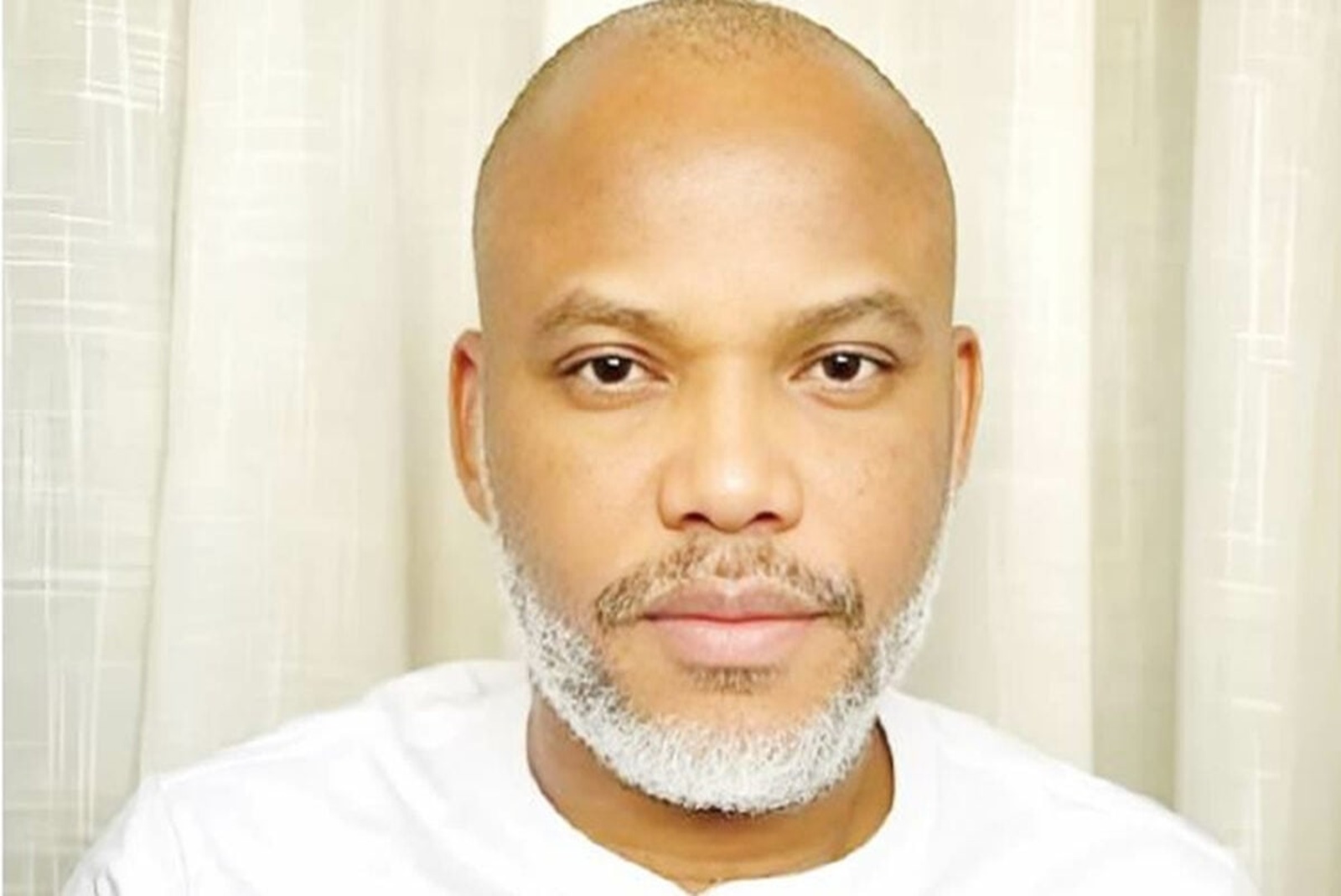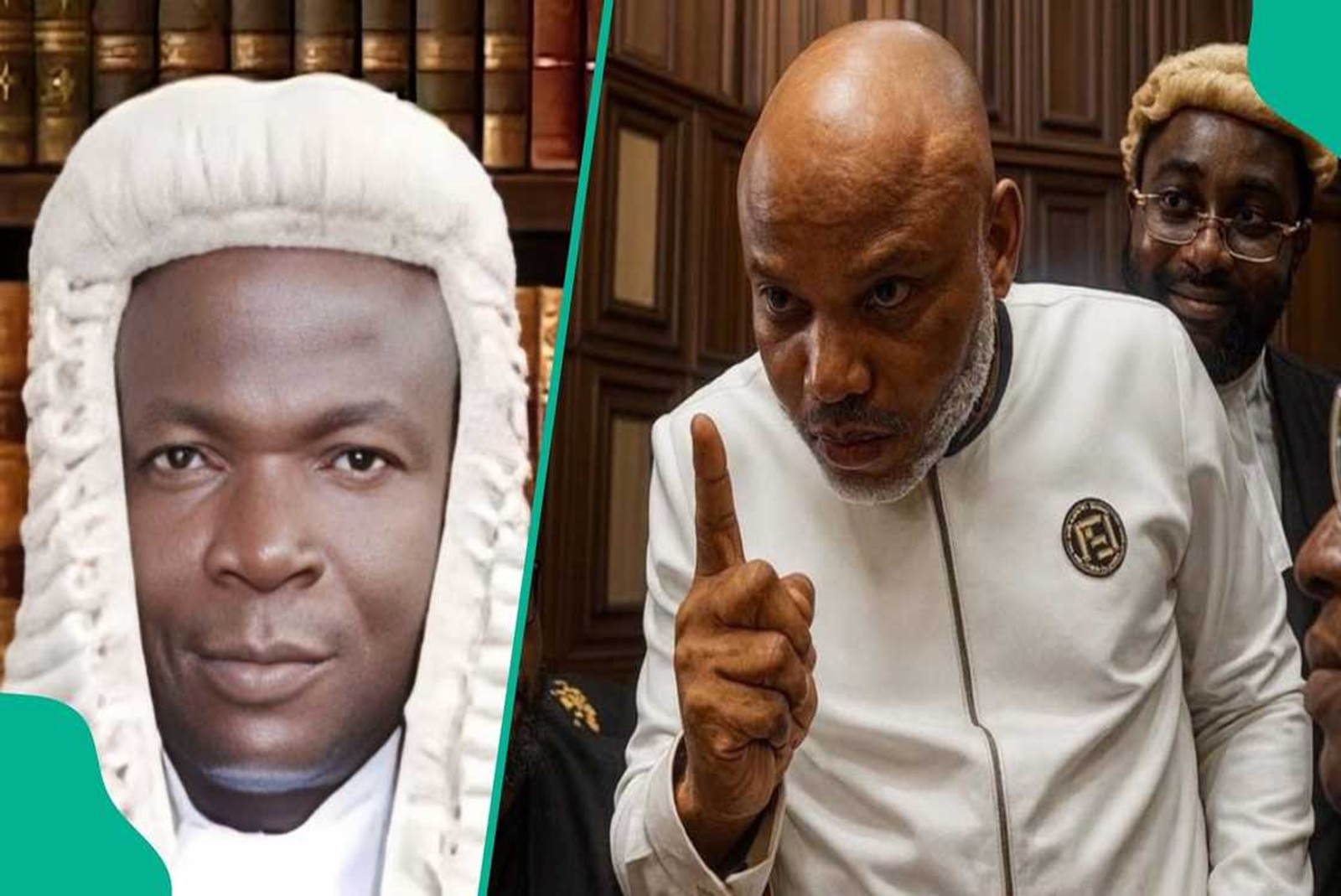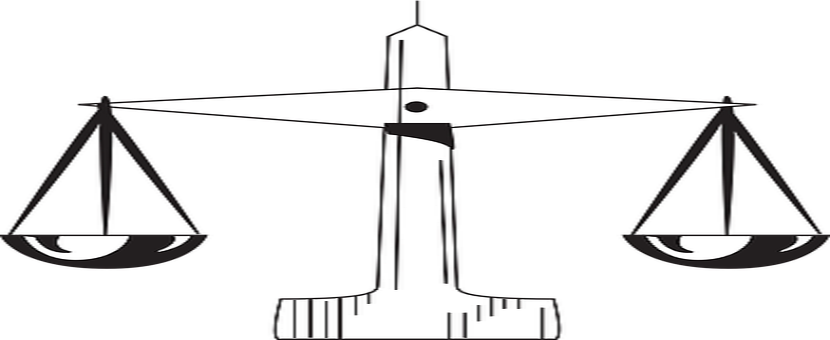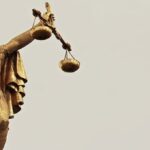FRN v. Maishanu [2019] 7 NWLR (Pt. 1671) 203
The Story
(Adapted from the narrative of Hon. Justice Eko, JSC)
– Mr. Nasiru Yahaya (3rd Respondent) was, on 16th December, 2011, arraigned before the Federal High Court, Gusau, Zamfara State, on a charge of money laundering. He pleaded not guilty and was granted bail in the sum of N5 Million and two sureties each in the like sum. The two sureties (1st and 2nd Respondents) agreed to stand bail for the 3rd Respondent and to be bound to pay N5 Million each in the event of the 3rd Respondent failing or refusing to appear for his trial subsequently.
– The trial of the 3rd Respondent (Mr. Yahaya) had commenced. It was adjourned to 28th March, 2013 for continuation. On the said date, neither the 3rd Respondent nor his sureties (the 1st and 2nd Respondents) appeared in Court. No explanation was given to the trial Court for the absence of the 3rd Respondent.
– The operatives of the Economic and Financial Crimes Commission (EFCC) swung into action looking for the 3rd Respondent armed with a warrant of arrest, Exhibit EFCC 4, issued by the trial Court at the instance of the EFCC that the bail be revoked and a Bench Warrant issued for the arrest of the 3rd Respondent. The 3rd Respondent was later arrested. He was brought to Court on 28th April, 2013 and his bail was revoked and was remanded in prison custody at the behest of the EFCC. He remained in prison custody until the trial Court delivered its final judgment on 13th June, 2013. He was eventually acquitted and discharged.
– Subsequent to the final Judgment culminating in the acquittal and discharge of the 3rd Respondent, the EFCC sought to enforce against Mr. Yahaya and his sureties the bail bonds (i.e., Exhibits EFCC 2 and EFCC 3). The EFCC brought the application on 2nd July, 2013 seeking an order of the forfeiture of the amounts fixed for the bail bond. In the application, the EFCC averred that huge sums of money and other resources were expended in the execution of the warrant of arrest (i.e., Exhibit EFCC 4) and the eventual arrest of Mr. Yahaya.
Abubakar J.
The trial Court refused EFCC’s application on the ground that after the delivery of Judgment, the Court lacks the power to grant same as it has become functus officio (its task having being completely performed). More so, the Court found no merit in the claims of expenses incurred by EFCC and in the application in general. Abubakar J. was emphatic:
“…In paragraph II of the Affidavit in support of this application Counsel had averred that the Applicant had expended huge resources in executing Exhibit EFCC 4 (the Bench Warrant). Counsel did not give any particulars of the expenditure, if any. Now, Exhibit EFCC 4 was directed at the Nigeria Police who by law are saddled with the responsibility of executing same. The Court never imposed that responsibility on the Applicant. It was rather the Applicant’s Counsel who, in open Court, requested to join the Police in executing Exhibit EFCC 4 and the Court obliged him. Therefore, they cannot be heard complaining of incurring expenses in executing EFCC 4. Furthermore, such expenses even if proved, cannot, in my view, be a reason for this Court to declare the recognizance forfeited. As I have earlier mentioned, due process was not followed in this proceedings in that the 1st and 2nd Respondents were never given the opportunity to produce the 3rd Respondent. In my view, it is after the 1st and 2nd Respondents are given notice to produce the 3rd Respondent and where they are unable to so produce him and cannot show any good cause when called upon to do so as to why they should not be made to forfeit the bail recognizance, then the Applicants may properly put in motion or invoke the provision of Section 137 of the CPA as they are seeking to do now, certainly not after a Bench Warrant has been issued, executed and trial concluded with Judgment delivered. This procedure cannot be the intendment of Section 137 of the CPA and I so hold. The Applicant has therefore not satisfactorily proved to this Court why the recognizance should be forfeited. I cannot therefore in the circumstance of this case grant the orders sought by the Applicant. Consequently, all the prayers on the Motion paper are refused and the Application is dismissed for lacking in merit.”
Court of Appeal called to action
EFCC was aggrieved. They opted to incur more expenses by approaching the Court of Appeal. The Court of Appeal agreed with the learned trial Judge and dismissed the appeal. It relied also on the position of law as stated in Halsbury’s Law of England. The Court held:
“…Where as in the instant case, a recognizance entered into by a person is liable to be forfeited, he must be informed exactly what is the breach complained of and must be given an opportunity to give evidence, call witnesses or give explanation from the dock and the recognizance to be forfeited must to be produced before the Court. See Vol. 25 Halsbury’s Laws of England, 3rd Edition para 461. Thus, the Appellant’s application before the trial Court without following the above procedure renders it incompetent and premature.”
Appeal to the Supreme Court
Now, the EFCC was still dissatisfied. The Commission faulted the Court of Appeal decision even more for relying on Halsbury’s Laws of England. The Supreme Court dismissed the agitation against the reliance on Halsbury’s Laws of England with a wave of the hand. The appeal was unanimously dismissed. On the more serious issue of the bail bond sought to be enforced against Mr. Yahaya’s sureties after his discharge and acquittal, Muhammad, JSC (now Acting CJN) held:
“…Thus, an application for forfeiture, brought after Judgment has been delivered with the accused person discharged and acquitted, is with respect, unknown to law. In the instant case, the obligation of the 1st and 2nd Respondents ceased on the 29th of April, 2013 when the bail of the 3rd Respondent was revoked and remanded into prison custody or at worst, on the 13th June, 2013 when the accused was discharged and acquitted of the charge levelled against him.”
Eko, JSC gave further insights in the following words:
“The application to enforce bail bond or recognisance is ordinarily interlocutory. Of course, an interlocutory application is an application or motion for an equitable or legal relief sought before a final decision. The appropriate time to bring such application, ordinarily, is during the pendency or subsistence of the substantive criminal proceedings; an interlocutory application being one for interim or temporary relief. I have read Sections 137 and 140 of the Criminal Procedure Act, and I am of the firm view that the interlocutory application for the forfeiture of recognisance or bail bond must be made during the pendency of the matter and at the time the trial Court has “jurisdiction over the matter”. Once the trial Court becomes functus officio in the matter of the criminal proceedings it ceases thenceforth to have jurisdiction over the matter.”
Mary Peter-Odili, JSC insisted that what EFCC tried to do was unknown to our law. The learned Jurist believed EFCC tried to “resurrect a dead and buried process”. Hear her:
“Therefore, by the effect of the combined provisions of Sections 119, 120, 122, 127, 128, 137, 141 and 143 of the Criminal Procedure Act, the forfeiture of the bail bond is contemplated during the criminal trial and not after a discharge and acquittal of the accused/3rd Respondent. This is because once judgment is delivered resulting either in conviction or discharge and acquittal, the obligation of the surety ceases to exist. The implication is that the application for forfeiture which the Appellant brought after the Judgment which culminated in the discharge and acquittal of the 3rd Respondent cannot be explained within any law known in our nation since by that time the exercise of jurisdiction of the trial Court over the matter that had to do with the charge on which the 3rd Respondent faced had terminated. What I am trying to say is that the Appellant was trying by the Motion for forfeiture of the bail bond to resurrect a dead and buried process which the Court lacked the jurisdiction to entertain. From the foregoing, it can be seen that there is no standing ground on which an interference by this Court in the concurrent findings of the two Courts below can be justified as what the trial Court was called upon to do is unknown to our law.”
It is interesting that this issue traveled all the way to the Supreme Court and we are grateful to the apex Court for standing up to the occasion.














